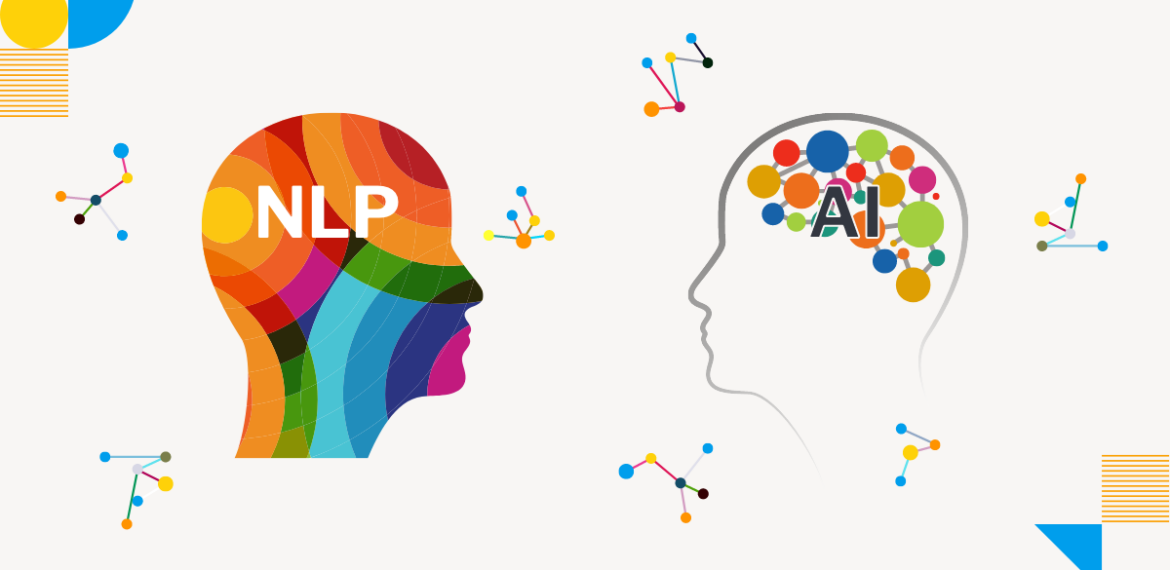
Natural Language Processing (NLP) for Unstructured Data Analysis
Natural Language Processing (NLP) for Unstructured Data Analysis
In today’s rapidly evolving data-driven environment, organizations face the monumental task of managing enormous volumes of information, much of which remains unstructured. Unstructured data includes texts, emails, social media interactions, customer feedback, reports, and even multimedia transcripts. This data represents roughly 80-90% of all business-related information, making its effective analysis crucial for competitive advantage. Natural Language Processing (NLP), a sophisticated subset of artificial intelligence (AI), provides an effective solution for this growing challenge.
Understanding Natural Language Processing (NLP)
Natural Language Processing (NLP) blends computational linguistics, machine learning, and artificial intelligence to allow machines to understand, interpret, and produce human language naturally and efficiently. NLP technologies empower businesses to process and analyze extensive unstructured textual data, turning it into structured, meaningful, and actionable insights.
The Importance of NLP for Unstructured Data Analysis
Unstructured data is notoriously difficult for conventional data analysis techniques to handle due to its variability and complexity. NLP bridges this gap, enabling the extraction of valuable insights, trends, and patterns from textual data, transforming otherwise obscure data into vital strategic information. This significantly enhances decision-making capabilities, improves customer interaction, and drives business performance.
Essential NLP Techniques for Analyzing Unstructured Data
- Text Classification
- Automated categorization of text into predefined categories. Applications include sorting customer inquiries, sentiment analysis, and spam detection.
- Named Entity Recognition (NER)
- Automatically identifies entities such as people, places, dates, and organizations within texts, critical for information extraction and data structuring.
- Sentiment Analysis
- Interprets and classifies emotions, opinions, and sentiments from textual data. Businesses extensively use this to understand customer perceptions, product feedback, and market trends.
- Topic Modeling
- Identifies thematic structures and topics from large-scale textual databases, helping businesses understand market needs, customer interests, or research trends.
- Text Summarization
- Reduces large bodies of text into concise, meaningful summaries, assisting quick information comprehension, particularly valuable in legal, medical, and research fields.
- Language Translation
- Translates content across languages to facilitate international communication, essential for global enterprises engaging diverse customer bases and markets.
- Speech Recognition and Transcription
- Converts spoken language into textual format, aiding in analyzing audio and video transcripts, customer service interactions, and automated note-taking.
Real-World Applications of NLP in Analyzing Unstructured Data
- Customer Experience and Service Automation: NLP enhances customer service efficiency through chatbots and automated responses, promptly addressing customer queries and improving service quality.
- Market Research and Social Media Analysis: Companies deploy NLP to monitor brand sentiment, understand consumer behavior, and analyze market dynamics based on social media data, helping businesses remain agile and responsive.
- Legal and Regulatory Compliance: NLP automates complex legal document reviews, regulatory filings, and compliance monitoring, significantly reducing risks, costs, and processing time.
- Healthcare Diagnostics: In healthcare, NLP analyzes unstructured clinical data, medical histories, research articles, and patient feedback, supporting timely diagnosis, personalized patient care, and efficient healthcare delivery.
- Financial Risk Management: NLP evaluates financial news, market reports, and investor sentiment, enhancing financial risk assessments, investment analysis, and regulatory compliance checks.
- Human Resource Management: NLP automates resume screening, candidate evaluation, employee feedback analysis, and talent acquisition, significantly enhancing recruitment and retention strategies.
Challenges Encountered in NLP for Unstructured Data
Despite significant advances, NLP continues to face several hurdles:
- Contextual Ambiguity and Nuance: Human language often contains ambiguities, idiomatic expressions, and contextual variations that NLP must accurately interpret.
- Data Quality and Bias: Poor quality or biased training data can negatively impact NLP accuracy and reliability, necessitating comprehensive data validation and bias mitigation techniques.
- Scalability Issues: Scaling NLP applications to manage extensive datasets efficiently requires robust computational resources and advanced optimization algorithms.
- Multilingual and Cultural Variability: NLP solutions must be adapted to handle various languages, dialects, and cultural nuances, adding complexity and cost.
Future Directions in NLP Technology
- Advanced Deep Learning Models: Models such as GPT (Generative Pre-trained Transformer) and BERT (Bidirectional Encoder Representations from Transformers) are evolving to deliver superior contextual comprehension and linguistic nuances.
- Multimodal NLP Approaches: Integration of textual analysis with audio, visual, and video data promises a more holistic and insightful understanding of unstructured data.
- Ethical AI and NLP: Growing attention to transparency, ethics, and reducing biases in NLP algorithms ensures equitable, fair, and responsible data utilization.
- Explainable AI (XAI): Future NLP advancements emphasize interpretability, providing clear explanations for AI-driven insights to foster trust and transparency.
Conclusion
Natural Language Processing plays a pivotal role in the modern landscape of unstructured data analysis. It empowers organizations to derive critical insights from complex data, enhancing strategic decision-making, operational efficiency, and competitive positioning. As NLP technology matures, its integration into business processes will continue to drive innovation, unlock opportunities, and revolutionize the way organizations understand and interact with their data.
